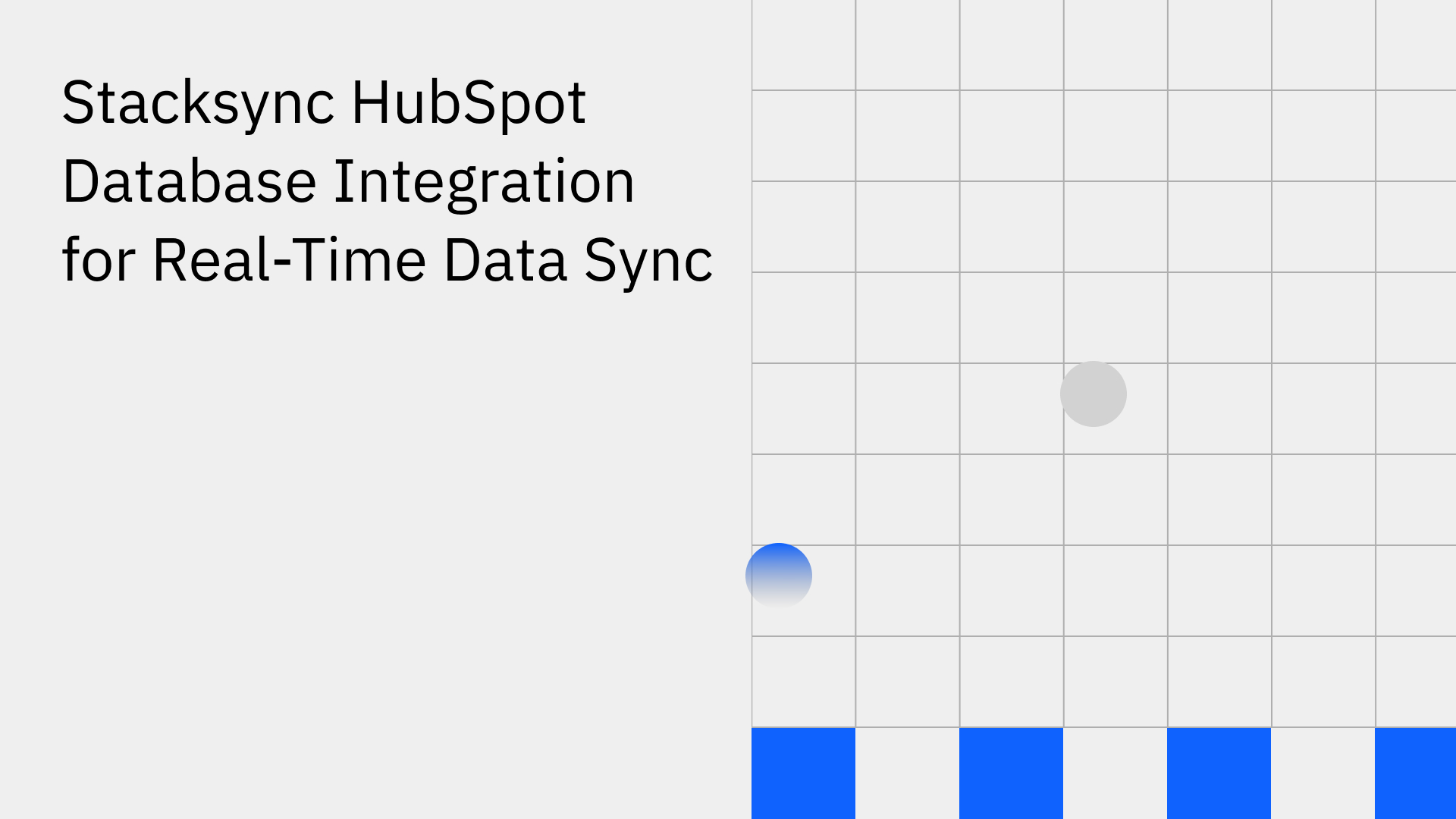
Maintaining data consistency between operational systems is a persistent technical challenge. For organizations that rely on HubSpot as their central CRM, the inability to synchronize data in real-time with backend databases like PostgreSQL, Snowflake, or Amazon RDS creates significant inefficiencies. This data latency leads to inconsistent customer views, delayed operational workflows, and forces engineering teams to build and maintain brittle, resource-intensive custom integration scripts.
This problem is not isolated to CRM and database integration. The same fundamental challenge of data integrity and real-time performance arises in more complex scenarios, such as establishing a reliable netsuite shopify integration. In both cases, a failure to sync data instantly between the system of record (like an ERP) and the system of engagement (like an e-commerce platform or CRM) can disrupt core business operations. Engineering teams require a robust solution that guarantees data consistency without the overhead of managing complex API plumbing.
When faced with the need for a hubspot database integration, organizations typically evaluate several options, each with significant technical drawbacks.
Stacksync is an integration platform engineered specifically to solve these challenges. It provides reliable, scalable, and real-time bi-directional synchronization between HubSpot and your databases, eliminating the need for custom code or settling for the limitations of generic tools.
Stacksync delivers a true two-way sync that propagates changes instantly, whether they originate in HubSpot or your database. It is architected to handle millions of records, intelligently managing API calls to bypass rate limits and process thousands of records per second [1]. This ensures that your systems are always aligned around a single, consistent source of truth without requiring you to manage any infrastructure [6].
The platform supports all standard and custom HubSpot objects, including Contacts, Companies, Deals, Tickets, and Custom Objects. It also syncs complex data structures like record associations and property history, allowing you to replicate your unique business logic and data models between systems [7]. This deep integration capability is essential for maintaining data integrity in complex operational workflows.
By abstracting away the complexity of API management, Stacksync provides direct technical and operational benefits that empower your teams.
Stacksync transforms your database into a direct read/write interface for HubSpot. This allows your developers to interact with HubSpot data using familiar SQL queries instead of writing, testing, and maintaining fragile API integration code [1]. This accelerates development, reduces technical debt, and allows engineers to focus on building applications and features on top of reliable, synchronized data.
The platform enables you to configure automations without writing any code. You can trigger HTTPS endpoints or execute database queries in response to any HubSpot event, such as a record being created, updated, or deleted [8]. This functionality can replace workflows that would otherwise depend on custom-developed HubSpot webhooks, providing a more reliable and manageable solution for process automation [9].
With a reliable, real-time sync in place, sales, marketing, and product teams can operate with confidence, knowing the data they see is always current. This same principle of guaranteed consistency is what makes various shopify netsuite sync options viable for businesses that depend on alignment between e-commerce orders, customer data, and backend inventory and financial records.
For organizations struggling with data silos between HubSpot and their core databases, Stacksync provides a solution. By delivering real-time, bi-directional synchronization that is both powerful and straightforward to implement, Stacksync empowers technical teams to deliver reliable data infrastructure and enables the entire organization to operate with greater efficiency and confidence.